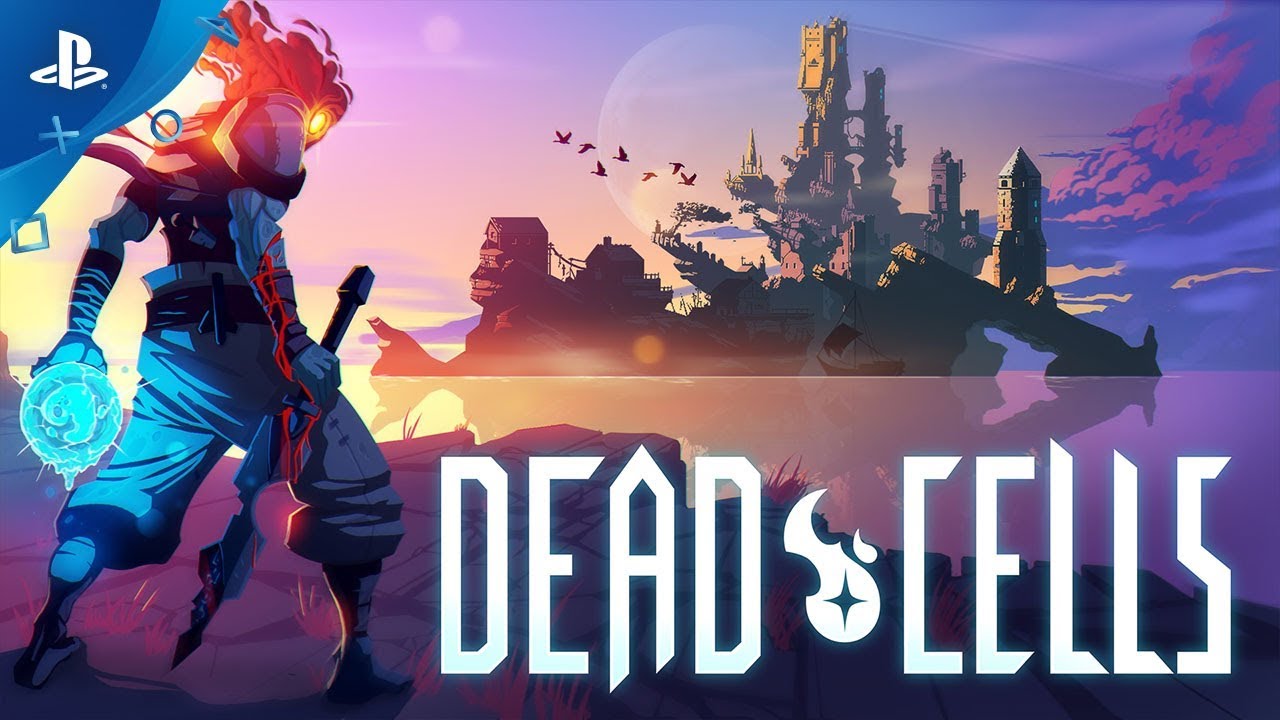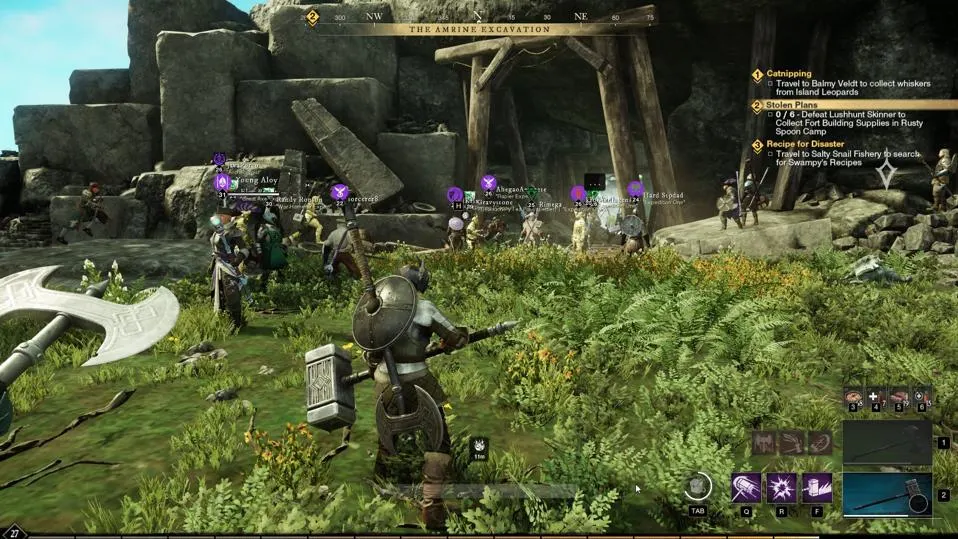Introduction
Dead Cells, developed by Motion Twin, has established itself as a standout title in the rogue-like and Metroidvania genres since its release. Combining fast-paced combat, procedurally generated levels, and a rich exploration experience, Dead Cells has captured the attention of gamers and critics alike. This article provides an in-depth review of Dead Cells, examining its gameplay mechanics, graphics, narrative elements, and reception from both critics and players.
Gameplay Mechanics
Fast-Paced Combat and Fluid Movement
Dead Cells is renowned for its fluid and dynamic combat system. Players control a character who must navigate through procedurally generated levels, battling various enemies with a diverse arsenal of weapons and abilities. The combat is fast-paced, requiring quick reflexes and strategic use of different weapons and items. The game’s control scheme is intuitive, allowing players to execute complex maneuvers and combos with ease. The combination of precise controls and challenging enemies creates a satisfying and engaging gameplay experience.
Procedurally Generated Levels and Exploration
One of Dead Cells’ standout features is its procedurally generated levels, which ensure that each playthrough offers a unique experience. The game’s world is divided into interconnected areas that change with each run, encouraging players to explore and adapt their strategies. The procedurally generated design also means that players encounter different challenges and secrets, adding to the replayability of the game. The exploration aspect is enhanced by a variety of environments, each with its own distinct aesthetic and set of hazards.
Graphics and Art Style
Distinctive Pixel Art and Animation
Dead Cells features a distinctive pixel art style that complements its fast-paced gameplay. The game’s visual design is characterized by detailed pixel art and smooth animations, which contribute to its overall charm. The art style effectively captures the essence of classic Metroidvania games while adding a modern twist. The fluid animations and vibrant color palette enhance the visual appeal and make the game’s action sequences visually striking.
Environment Design and Atmospheric Effects
The game’s environments are richly designed, with each area offering a unique atmosphere and visual theme. From dark and eerie dungeons to lush, vibrant forests, the variety of settings keeps the gameplay fresh and engaging. Atmospheric effects, such as dynamic lighting and weather conditions, further immerse players in the world of Dead Cells. The attention to detail in the environment design contributes to the game’s overall sense of exploration and discovery.
Narrative and Structure
Engaging Lore and Storytelling
Dead Cells features a minimalistic approach to storytelling, relying on environmental storytelling and subtle narrative elements to convey its plot. The game’s lore is revealed through items, NPC interactions, and environmental clues, creating an intriguing and mysterious world. The narrative is not overtly central to the gameplay but adds depth and context to the exploration and combat. This approach allows players to piece together the story at their own pace, enhancing the sense of discovery.
Progression and Unlockables
Progression in Dead Cells is driven by the acquisition of new weapons, abilities, and upgrades. As players advance through the game, they unlock new areas and tools that expand their options and strategies. The rogue-like elements mean that each playthrough offers the potential for new discoveries and challenges. The sense of progression is well-balanced, providing a rewarding experience for players who invest time and effort into mastering the game’s mechanics.
Reception and Reviews
Critical Acclaim and Awards
Dead Cells has received widespread acclaim from critics for its engaging gameplay, innovative design, and replayability. The game has been praised for its challenging combat, procedurally generated levels, and the smooth integration of rogue-like and Metroidvania elements. Critics have highlighted the game’s ability to offer a fresh experience with each playthrough while maintaining a high level of polish and quality. Dead Cells has also won several awards and nominations, further cementing its status as a modern classic.
Player Feedback and Community
The player community has responded positively to Dead Cells, appreciating its challenging gameplay and the satisfaction of mastering its mechanics. The game has developed a dedicated fanbase, with players praising its replayability and the depth of its combat system. However, some players have noted the difficulty spikes and the need for patience in mastering the game’s controls and strategies. Despite these challenges, the overall sentiment is one of enthusiasm and enjoyment.
Conclusion
Dead Cells stands as a modern classic in the rogue-like and Metroidvania genres, offering a compelling blend of fast-paced combat, procedural generation, and exploration. The game’s innovative mechanics, stunning visuals, and engaging narrative make it a standout title that continues to captivate players. With ongoing updates and a supportive community, Dead Cells remains a must-play for fans of both rogue-like and Metroidvania experiences.
Frequently Asked Questions:-
What Platforms Is Dead Cells Available On?
Dead Cells is available on multiple platforms, including PlayStation 4, Xbox One, Nintendo Switch, and PC. This broad availability ensures that players can enjoy the game on their preferred system.
How Does Dead Cells Differ from Other Rogue-Like Games?
Dead Cells combines rogue-like elements with Metroidvania-style exploration, setting it apart from other rogue-like games. The procedurally generated levels, fast-paced combat, and diverse weapon choices create a unique gameplay experience that blends both genres.
Are There Any Major Updates or Expansions for Dead Cells?
Yes, Dead Cells has received several updates and expansions since its release. These updates include new areas, weapons, and gameplay enhancements, which add to the game’s depth and replayability. The developers continue to support the game with additional content and improvements.
Is Dead Cells Suitable for New Players?
Dead Cells is suitable for new players, though it features challenging gameplay and complex mechanics. The game’s intuitive controls and gradual progression make it accessible, while its depth and replayability offer a rewarding experience for those who invest time in mastering its systems.
How Does Dead Cells Compare to Traditional Metroidvania Games?
Dead Cells differs from traditional Metroidvania games by incorporating rogue-like elements, such as procedurally generated levels and permadeath. While it retains the exploration and progression aspects of the genre, the addition of rogue-like mechanics creates a distinctive and dynamic gameplay experience.



